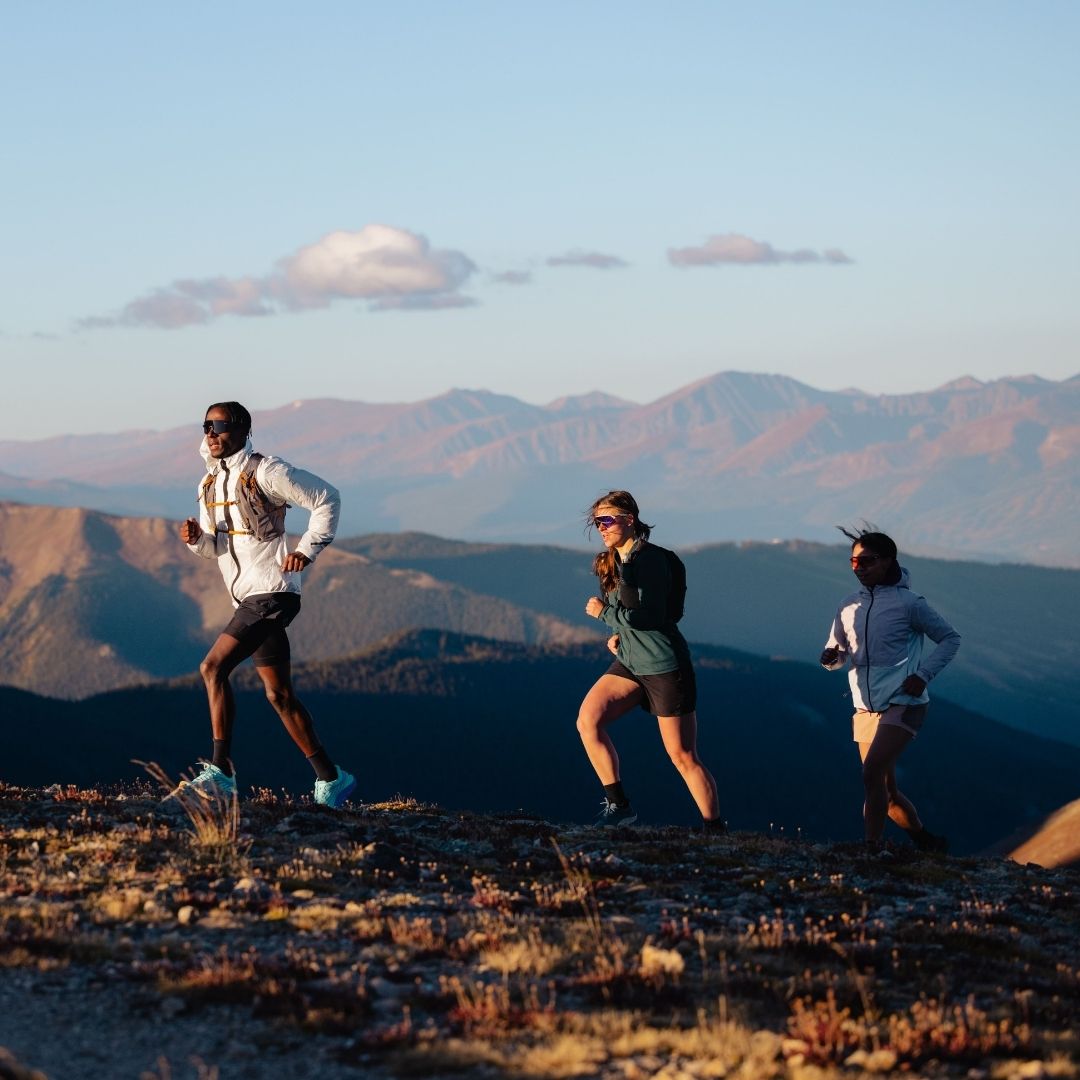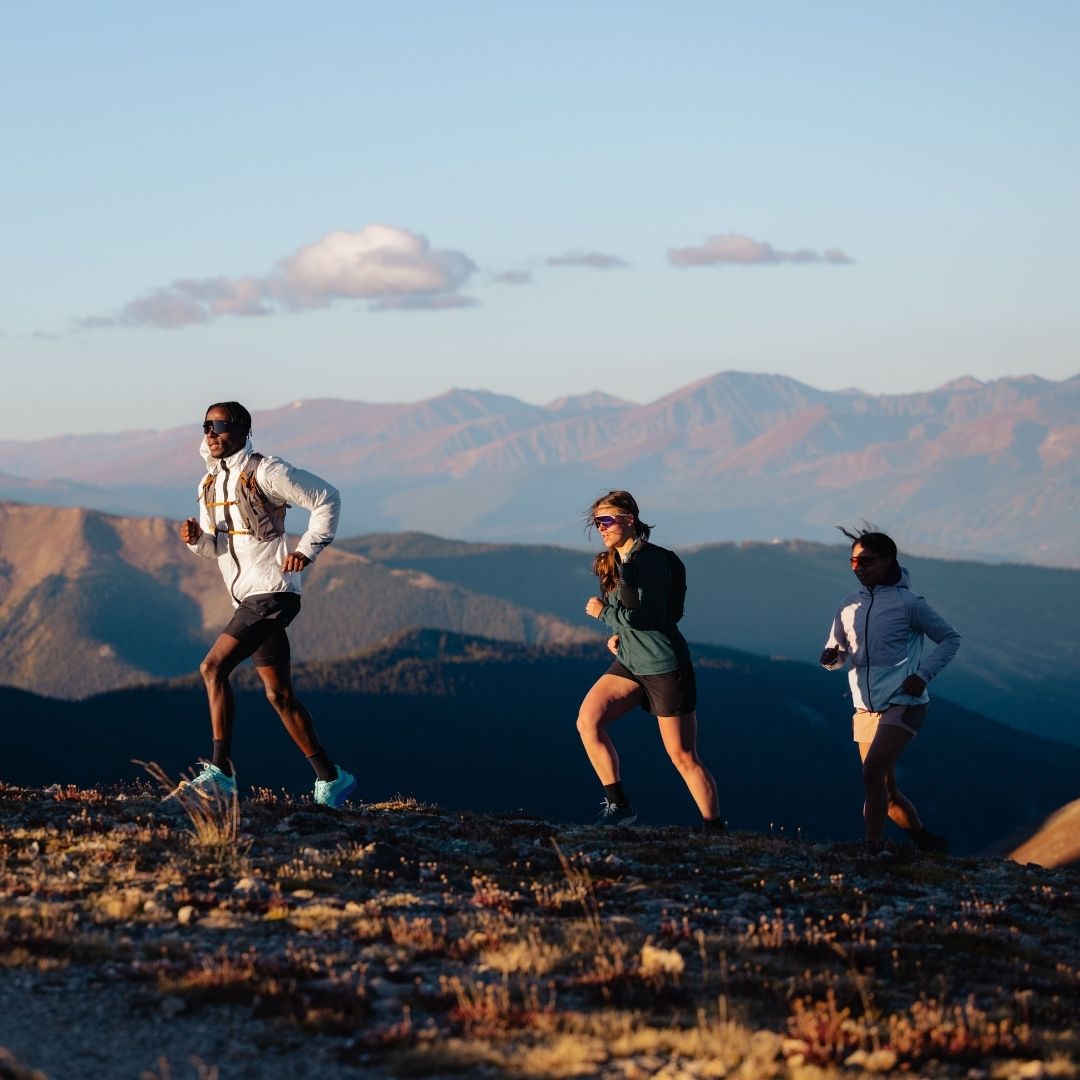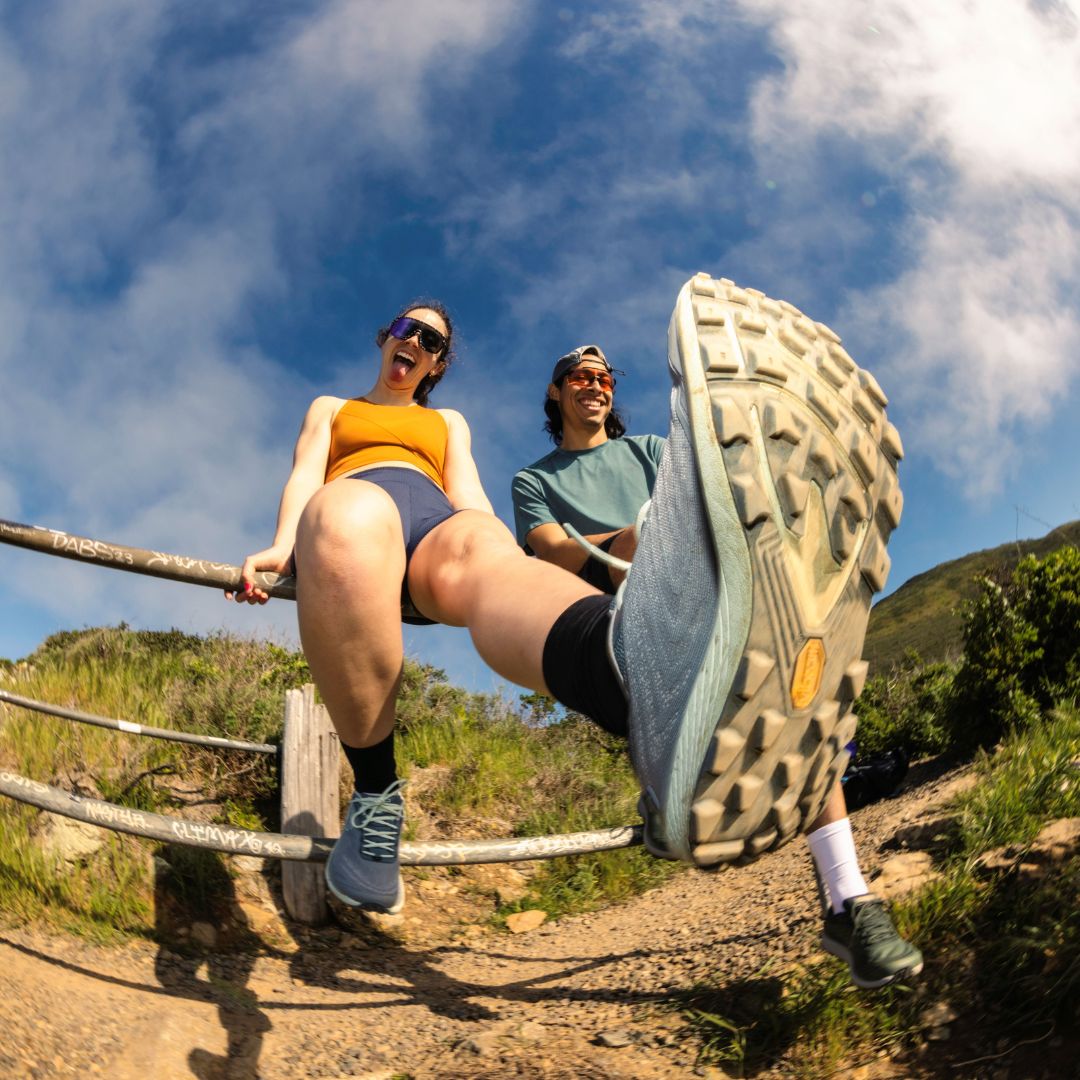Winter running – Tips for safe and effective training
Training running in winter can feel challenging, but with the right preparations and equipment, it can become a fantastic experience. The cold, darkness, and slippery surfaces require some extra adaptation, but they also give you an opportunity to develop both mental strength and physical endurance. Here is a comprehensive guide with tips on how you can train running in winter and keep your motivation up.
1. The right trail shoes are the key to success
In winter, the terrain is often varied, ranging from ice and snow to wet trails. Choosing trail shoes adapted for winter conditions is crucial to stay safe and stable. Topo Athletic offers a wide range of trail shoes that are perfect for these challenges. Their models have a wide toe box that gives your feet natural freedom of movement, which is important to avoid discomfort during longer runs. Additionally, many of their shoes are equipped with Vibram® soles that provide optimal grip on slippery or uneven surfaces. Also, keep in mind that some models have waterproof membranes, which can be invaluable in slushy weather.
2. Dress smartly with the layer-upon-layer principle
Clothing plays a crucial role when running in cold weather. The layer-upon-layer principle helps you keep your body warm and dry while avoiding overheating. Start with a moisture-wicking base layer made of synthetic material or wool to transport sweat away. Then, an insulating mid-layer, such as fleece or wool, is important to retain heat. Finally, a windproof and water-repellent outer jacket is needed to protect against wind and precipitation.
Functional material pants that keep you warm while still breathing are also important. Avoid cotton garments, as they become damp and cold when you sweat. If the temperature drops below freezing, you can use windproof tights or running pants with extra insulation.
3. Protect extremities with the right accessories
Hands, feet, and head are especially sensitive to cold and need particular protection. Invest in a pair of windproof gloves and a hat made of functional material. A buff or scarf can also be a versatile garment that protects both the neck and face when needed. When it comes to feet, a pair of warm and moisture-wicking socks, preferably wool, can make a big difference. If you run in really cold conditions, double socks can be a good idea.
4. Adapt your training to the terrain and weather
During winter, it is important to be flexible with your training and adapt it to the prevailing conditions. Snow, ice, and muddy trails can make running more challenging, but it can also be an opportunity to develop strength and balance. Choose trail shoes with studs or use crampons if the surface is slippery, and be extra careful of icy patches.
If it feels unsafe to run on icy trails, you can instead choose plowed roads or lighted tracks where the risk of slipping is less. Also be prepared to adjust your pace and focus on technique rather than speed under these conditions.
5. Be visible and make sure you are seen in the dark
A big challenge with winter running is the shorter days, which often means running in the dark. A reflective vest or clothes with built-in reflective details are a must to ensure you are visible in traffic. To see better yourself, you can use a headlamp, especially if you run in areas without lighting. A good headlamp with adjustable brightness gives you better overview and helps you navigate in the dark.
6. Warm up properly and take care of your body
The cold makes muscles stiffer than usual, which increases the risk of injury. Therefore, it is extra important to warm up properly before you start your run. If possible, do the warm-up indoors with dynamic movements like high knees, lunges, and leg swings to increase blood flow to the muscles. When you finish the session, it's also good to quickly change into dry clothes to avoid getting cold.
7. Keep your motivation up
Running in winter requires a bit of extra motivation, especially when the weather is gray and cold. Set concrete goals for your training, such as running a certain number of kilometers per week or participating in a winter race. Preferably train with others, as it makes it more fun and easier to stick to the plan. Remind yourself that running in winter conditions strengthens both body and mind – it makes you a better runner in the long run.
8. Recovery and hydration – as important as in summer
Many forget that you lose fluids even when it's cold, especially if you run longer distances. Make sure to drink enough both before and after your run. Recovery is also an important part of winter training – take care of your body with stretching and massage to avoid tension.

















